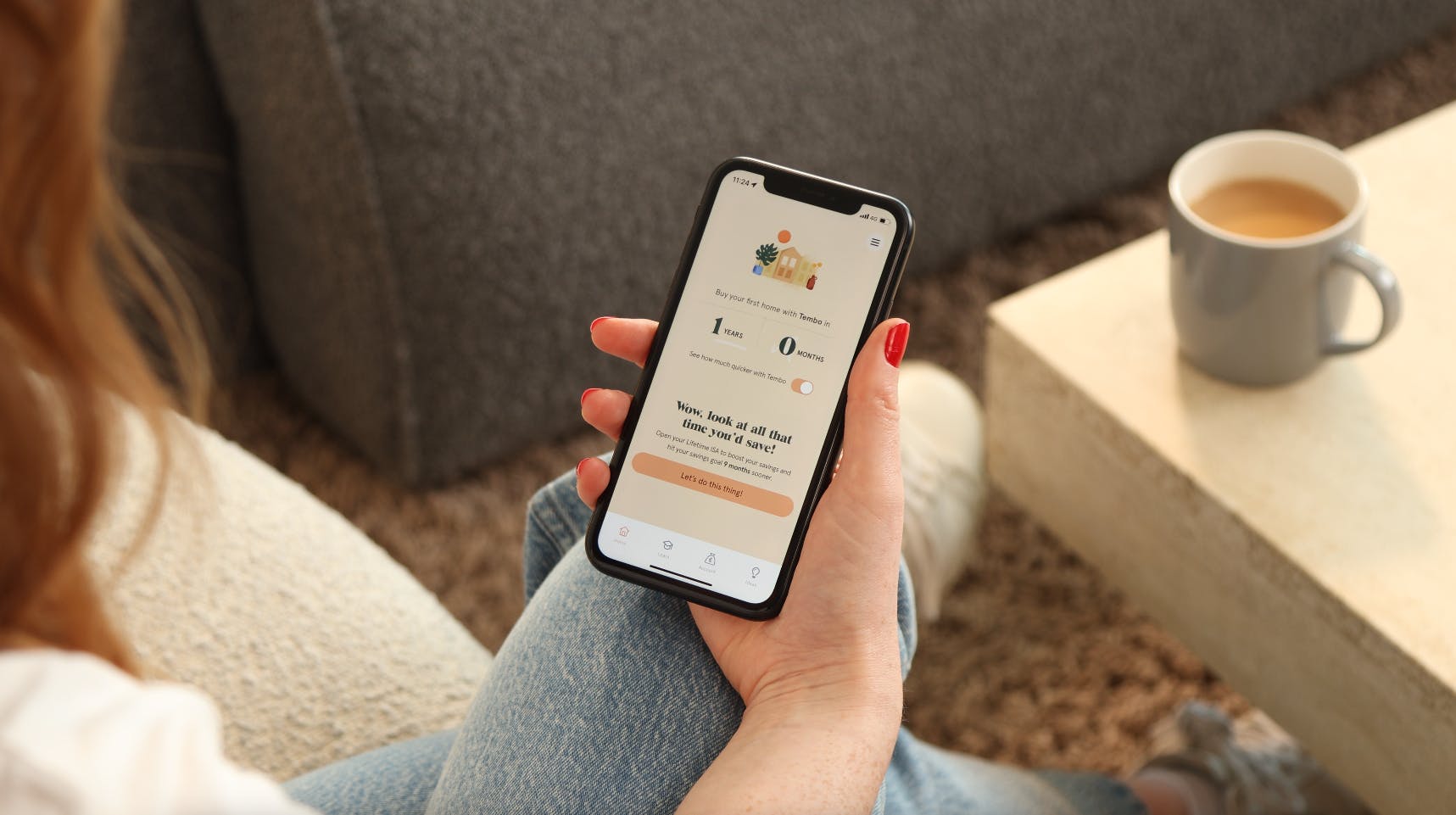What is an emergency fund and do I need one?
 Anya Gair
Anya GairIf you’ve ever lost your passport, dropped your phone in a puddle, or been hit with an unexpected vet bill, you’ll know how stressful it can be to cover an unexpected expense. With an emergency fund to fall back on, you can cover these financial emergencies and avoid sleepless nights.
What is an emergency fund?
An emergency fund is a pot of money that you set aside for unplanned expenses, such as car repairs, vet bills or a broken boiler. It can also be useful if you lose your job or need time off work to recover from an illness or injury, as you could use the funds to cover your rent or mortgage costs, as well as groceries.
Not having any emergency savings can be extremely stressful. You may need to go into your overdraft, put the unexpected expense on a credit card, or borrow money from a friend.
How much should I have in an emergency fund?
As a general rule, it’s a good idea to have between 3 to 6 months of essential living expenses in your emergency fund. So, if you typically spend £1,000 a month on rent, bills, food and transport, you might aim to save between £3,000 to £6,000. That way, not only can you buy a new laptop or washing machine without having to get into debt, but you’ll also be protected if you’re out of work for an extended period of time. However, saving up this amount can be difficult, especially with current cost of living costs. Instead, focus on putting away what you can, so you have some money to use when the unexpected happens.
When working out how much to save for an emergency, think about your lifestyle, living arrangements and whether you have anyone you can depend on. If you’re in a relationship, for example, can you and your partner afford to get by on one income rather than two? Could your parents help you cover an unplanned expense? Or maybe you have a business-owning friend who could offer you a few shifts until you find your feet again.
Learn more: How much should I have in savings?
How to save an emergency fund
Wondering where to start? Here’s how to save an emergency fund in 5 steps.
1. Create a budget
If you don’t have a budget already, this is a great place to start. There’s no need to use a spreadsheet. You could use your Notes app, a budgeting app, or go old school with a piece of paper and a pen.
Your budget doesn’t need to be complicated either. Simply make a note of how much you earn versus how much you spend. Once you’ve got these numbers in front of you, you can work out how much you can afford to put in your emergency fund, and potential areas you could cut back to help you save quicker.
2. Open a savings account
Once you’ve worked out how much you can afford to save, it’s time to open a savings account. Most banks will let you open an account online in a matter of minutes, or through an app. It’s a good idea to try to get a savings account with as high an interest rate as possible (preferably above the current inflation rate) so you can earn interest on your savings, helping to boost your pot. Great examples of this are Cash ISAs, which let you save up to £20,000 every year, tax-free.
3. Pay yourself first
One of the biggest money mistakes is saving what’s left after spending, instead of spending what’s left after saving. Next time you get paid, move a percentage of your income into your emergency fund before you start spending money on other things. That way, you won’t get to the end of the month and find you have no money to save in your emergency fund. If you want to save the same amount each month, you could automate this by setting up a direct debit between the account your earnings go into and your savings account.
4. Reduce your outgoings
If you’re struggling to make much progress, look for ways to cut costs. Start by looking at your big essential costs such as your rent/mortgage, bills and transport costs. Can you switch to a cheaper broadband provider? Can you reduce the amount you spend getting to work? Moving to a cheaper rental or taking in a lodger could have a huge impact on your ability to save for the future, but such a bold life change won’t be right for everyone. Next, it’s time to look at smaller non-essential costs such as subscriptions, nights out or takeaways. Is there anything you won’t miss?
Do set some money aside for the occasional treat and time with friends, though. Giving up everything you love will only make it harder to save in the long run. Saving an emergency fund is a marathon, not a sprint.
5. Increase your income
Reducing your outgoings will only get you so far. If there’s nothing left to cut from your budget or you can’t lower your expenses without sacrificing everything you enjoy, try to find ways to increase your income. If you’re doing well at work and it’s been a while since you last had a pay rise, talk to your manager about getting a raise. Before you negotiate, do some research to find out how much you’d earn in a similar role at another company. If you work in an industry that has set salary bands and you’d be happy to take on a more senior role, it’s time to put a plan in place. Can you take any courses or training sessions to help you get there faster?
Where should I keep my emergency fund?
The best place to keep your emergency fund is an account you can access quickly and easily. To speed up the savings process, look for an account with a competitive interest rate. Interest rates are currently higher than in previous years, meaning there are plenty of rewarding savings accounts to choose from.
You might also want to consider a Cash ISA. You can save up to £20,000 a year across all your ISA accounts and all the interest you earn will be tax-free. Plus, you'll benefit from your savings providers' interest rate on top - helping you save faster for your emergency fund.
Save for your future with our competitive, easy-access Cash ISA
Save up to £20,000, tax-free every year with a Tembo Cash ISA, where you'll have access to our competitive interest rate of 4.1% AER (variable), unlimited withdrawals, fee-free mortgage advice, and monthly paid interest. Open with as little as £10 today!
Fixed interest and notice savings accounts tend to offer the best interest rates, but they’ll often charge you a fee to withdraw your money at short notice or before the end of a fixed period. That’s the last thing you need if your car breaks down or you lose your job! So an easy access savings account or a flexible Cash ISA will usually be best.
Here’s the Best Cash ISAs available in the UK right now
Learn more: Do you pay tax on your savings in the UK?
How to save an emergency fund while saving for a house or retirement?
Saving for multiple goals at once can be a challenge, but you can make your life easier and reach your savings target faster with the help of high-interest accounts, Cash ISAs and a Cash Lifetime ISA.
If you’re a first-time buyer saving a deposit, for example, you can place up to £4,000 a year in a Lifetime ISA (LISA) and the government will boost your savings by 25%. So you’ll get up to an extra £1,000 each year that you max out your account, helping you reach your homeownership dreams that little bit sooner.
Be aware that you must have a Lifetime ISA open for 12 months before you can withdraw your savings. If you withdraw your money from a LISA before you’re 60 for anything other than to buy your first home or fund retirement, you’ll be charged a 25% LISA penalty on the amount you withdraw, which can mean you get less back than you paid in. So you shouldn't use a LISA to save up your emergency fund!
You could of course have a LISA for your house deposit and an ordinary Cash ISA for your emergency fund. That way, you’re making the best of both worlds!
Join the 350,000 others already saving
Download the award-winning Tembo app to start saving towards your first home, retirement, or another life milestone.



